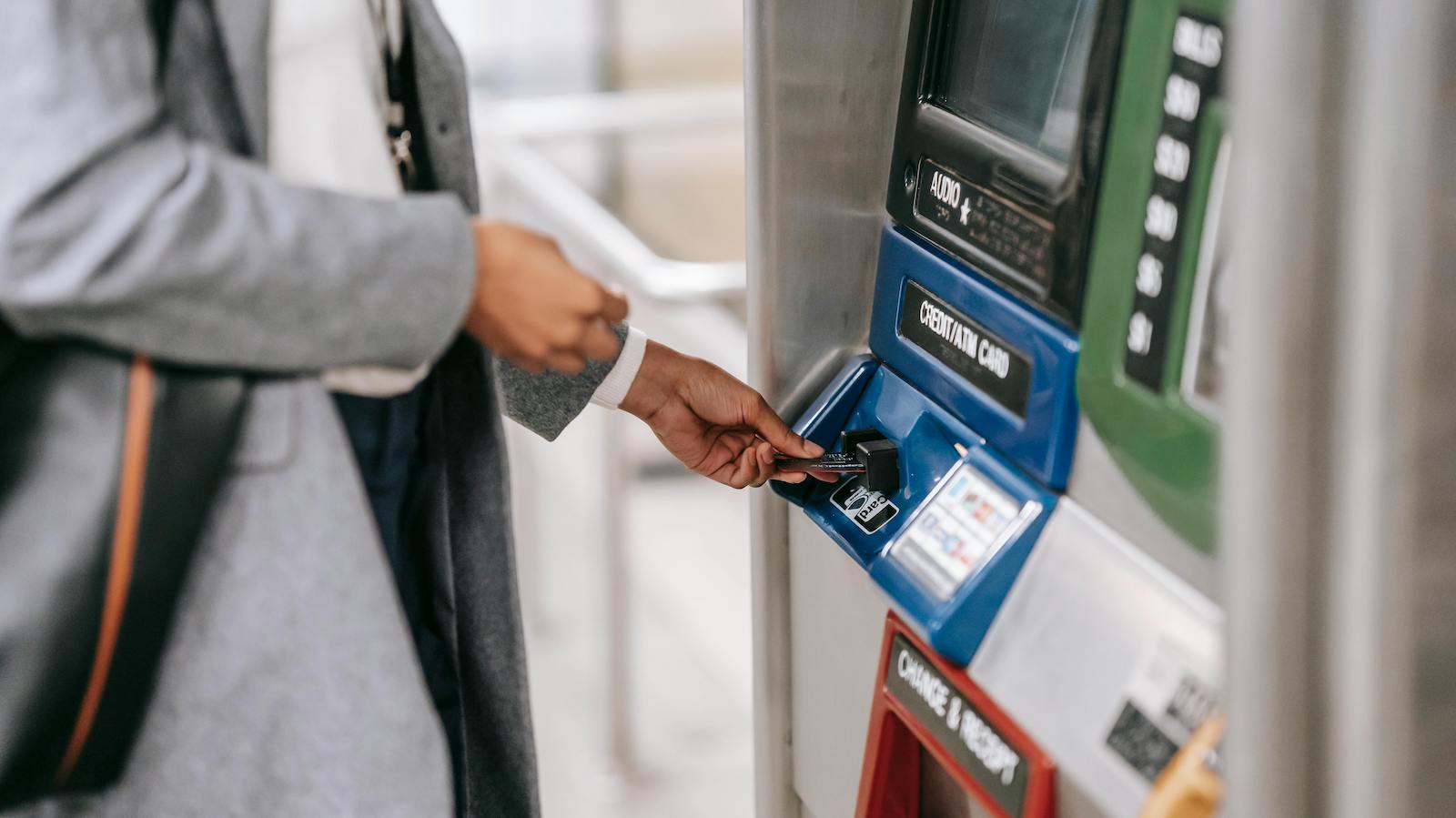Spring is here … but for many parts of the U.S. you would not know it! Many are making decisions to wear their gloves, hoping they still fit!
For insurance, the dawning of a “new spring” is here, as well: Digital Insurance 2.0. But for many, it does not fit well with their current business model, products, processes and more. They are grounded in Insurance 1.0.
The shift from Insurance 1.0 to Digital Insurance 2.0 is rapidly intensifying as we move aggressively into the digital age. And where the business models of the past 20 to 30 years, represented by Insurance 1.0, were resilient for their time, they will not meet the needs or expectations and customer decision models represented by Digital Insurance 2.0.
The point of purchase is a pivotal moment in the customer and insurer relationship. It is where insurer growth happens (or doesn’t). It is where customer loyalty begins (or doesn’t). It is where prospects release their misgivings and hand themselves over to insurer care and service (or decide to look elsewhere).
Insurers certainly recognize many of the benefits of meeting a new digital age with customized, personalized customer engagement that leverages digital technologies to create seamless customer journeys. However, at the heart of the purchase process is the moment of decision. And Insurance 1.0 hasn’t kept pace with an understanding of how people make decisions. Digital Insurance 2.0 models will dramatically improve purchase decisions by catering to decision motivators and triggers.
See also: 4 Insurers’ Great Customer Experiences
In our recent report,
Future Trends 2018: Catalyzing the Shift to Digital Insurance 2.0, we look at the behavioral reasons related to insurance purchase decisions that should act as digital motivators for insurers. We begin with a look at why traditional Insurance 1.0 purchasing may actually be reinforcing bad decisions and behaviors.
Insurance 1.0 doesn’t work well with how customers make decisions
In our
Future Trends 2017 report, we explained how customers’ decisions and behaviors are not always driven by rational thought or the desire to maximize utility, as we were taught in traditional economics classes. The rapidly emerging field of behavioral economics helps explain some of the seemingly perplexing and, frankly, “bad” decisions people make about important matters like insurance. Traditional insurance practices, though certainly valuable, may contain some questionable motivational detractors at the point of purchase and service. For example:
- Are prospects ever confused with their insurance options, their actual coverages or their best routes to service?
- Are customers ever hampered from making a final decision by some hurdle presented during the sales process, such as additional requirements that may take time to present?
- Are customers ever encouraged to be “good” customers in uniquely new ways that will remove any future desire to make fraudulent claims?
- Are customers too often left “on their own,” with no personalization or automation to help them through the decision-making process?
A number of new Digital Insurance 2.0 entrants, and some established insurers that are creating new business models, are leveraging behavioral economics principles, in addition to an array of technologies like cloud, digital, mobile, AI/cognitive, IoT and data/analytics to facilitate better decisions for both the customer and the company.
Psychological motivators and digital facilitators
Here are just a few use cases to illustrate the intersection of Digital Insurance 2.0 and behavioral economics in the decision process"
- Lemonade customers pick a charity to receive premiums left over after claims, creating a further commitment to that charity and a desire to be claim-free for the good of the entire customer population. At the beginning of any claim submission, Lemonade customers also sign an “honesty pledge,” creating a commitment and desire.
- Friendsurance uses a peer-to-peer model to create commitment among group members to avoid claims so the group can share in rebates or lower premiums. This can only be accomplished through a digital framework.
- InsurePeer allows individuals to reduce their premiums by recruiting others (e.g. friends, family) to vouch for their risk-worthiness in exchange for “InsurePal Tokens” – but there is also a financial penalty if an at-fault claim is filed.
- Insurers (existing and new) present customers with several coverage options during the shopping process and position certain choices as ones that “other people like you chose…” to encourage the shopper to make a decision.
Some of these behavioral motivators could possibly be managed without a digital process, but none of them are. They are all firmly rooted in a digital model for quick and easy decision-making that captures the essence of the human desire to be committed, consistent and informed.
The Motivation Equation
The
Fogg Behavior Model, developed by BJ Fogg, the director of the Stanford Behavior Design Lab at Stanford University, lends a simple formula to insurers for making sense of digital services and offerings. While the model incorporates elements of behavioral economics, it consists of just three components: motivation, ability and triggers, all of which have to occur in the same moment for a behavior to occur.
Fogg’s model highlights an inverse relationship between motivation and ability. If someone has low ability for a behavior (e.g. a snail mail paper application and service process), a high level of motivation is needed (plus a trigger) to make a behavior happen. Similarly, if someone has low motivation for a behavior (e.g. “I’m marginally satisfied with my current insurer”), whoever wants them to cause a behavior must make it extremely easy (and provide the right trigger). By using this model as a lens for how people make insurance decisions, it reveals the many weaknesses of Insurance 1.0 models that Digital Insurance 2.0 models can exploit.
Unfortunately for those companies firmly entrenched in Insurance 1.0, there aren’t any effective deliberate triggers for low-motivation and low-ability scenarios. This is the dynamic that Insurance 1.0 operates in with many customers: They are not very interested in nor engaged with insurance (motivation), and they think it is not easy to do business with (ability). The implication for Insurance 1.0 players is that it will likely be very difficult to encourage their customers to engage in desired behaviors, like purchasing additional policies, signing up for services (e.g. electronic billing), using the company’s app, not submitting fraudulent claims or getting satisfied customers to switch from another carrier.
Insurtech startup
ClearCover has staked its position on this concept and market realization. The business model is set up to piggyback on customer-originated
triggers like life events and in-progress insurance shopping, to create
motivation through low price (by avoiding high marketing spending) and to enhance
ability through an easy research and purchase process.
In reality, many of the triggers that cause customers to engage in Insurance 1.0 behaviors are likely of the serendipitous type, caused by an event on the customer’s end. Commonly cited reasons for shopping and switching are examples of these triggers:
- Trigger: Price increase or poor service
- Motivation: high. Sensation: pain (anger, confusion, perceived unfairness)
- Ability: Low. Our research shows that researching and buying insurance is not easy, but motivation may be strong enough to overcome the lack of ability, especially if competitors make the experience extremely simple. This is a key focus for Digital Insurance 2.0 players.
- Trigger: Life event (marriage, birth of a child, new home, starting a new business, etc.)
- Motivation: high. Anticipation: fear (realization of what you could lose and desire to protect it)
- Ability: Low. Again, as our research shows, insurance researching and buying is not easy, especially for those new to insurance (i.e. millennials, Gen Z).
In stark contrast, Digital Insurance 2.0 companies are using data, technology, platforms and processes to beat Insurance 1.0 models in all three components of the Fogg Behavior Model:
Digital Insurance 2.0 Triggers: Using new data sources, including location, activity and condition data from connected devices, combined with improving analytics and AI/cognitive computing, insurers can predict and respond in real time to occasions where people should be highly motivated to act. Using platform-based ecosystems, the trigger for insurance can even be embedded or “invisible” as part of another transaction or activity, like buying a house or an Uber driver picking up a passenger.
See also: Much Higher Bar for Customer Service
Digital Insurance 2.0 Motivators: The data and analytics enable triggers that can “catch” customers before or during an event whose immediacy and context should result in higher motivation to act…or to not have to engage in an insurance-related behavior at all, in the case of a platform-based ecosystem.
Digital Insurance 2.0 Abilities: AI-driven apps radically simplify and speed insurance transactions like researching and buying insurance and filing claims. Platform-based ecosystems organize all relevant components of a customer’s journey into one place, including insurance, greatly simplifying the process by removing silos and embedding and streamlining tasks.
Digital Insurance 2.0 players, many from insurech, are effectively using these three attributes.
- It was the combination of a life event trigger, high motivation and low ability that inspired Yaron Ben-Zvi to start Haven Life in an effort to simplify the process of choosing and buying life insurance.
- Lemonade’s behavioral-economics-based model radically simplified, redesigned and sped up the insurance process, from buying to claims, positioning the company for growth.
- PingAn’s model as an ecosystem platform has found opportunities to embed insurance within the purchase of other things, such as for shipping insurance of Alibaba purchases.
While these are just a representation, they highlight the fundamental differences in Digital Insurance 2.0 business model assumptions and approach, leveraging people and technology, to trigger, motivate and make it easy for customers to take action in buying insurance.
It may go without saying, but these digital enhancements to the research, purchase and service processes should also be accompanied by innovative ideas in product development and corresponding organizational transformation. However, now you can add at least one more compelling business reason to shift into the realm of Digital Insurance 2.0.
Not only is it the right move for the organization’s customer-first focus, but it is also a practical way to fill the sales pipeline with customers who will be better-informed, more loyal, likely more profitable and certainly more satisfied with the purchase process.








